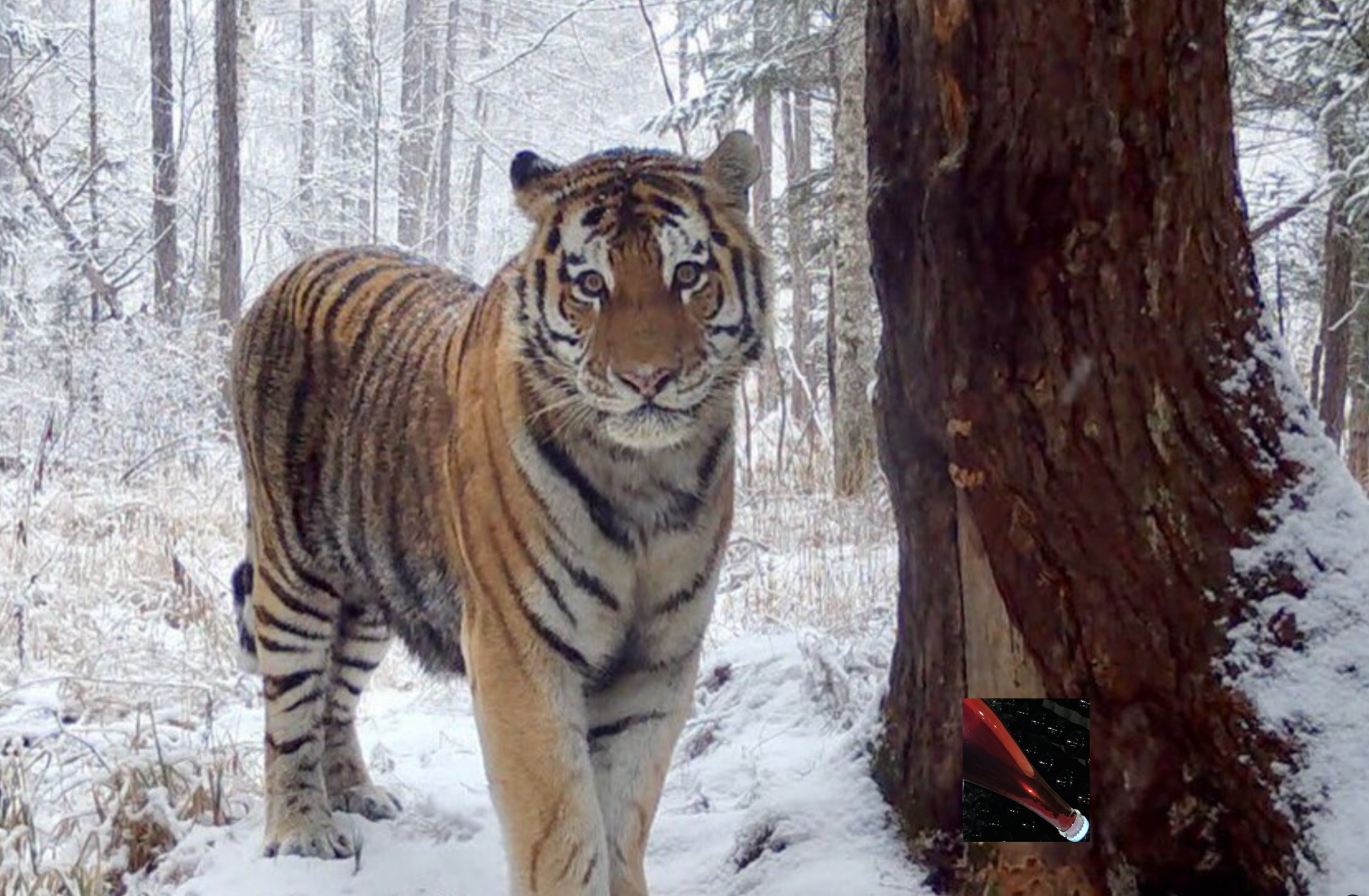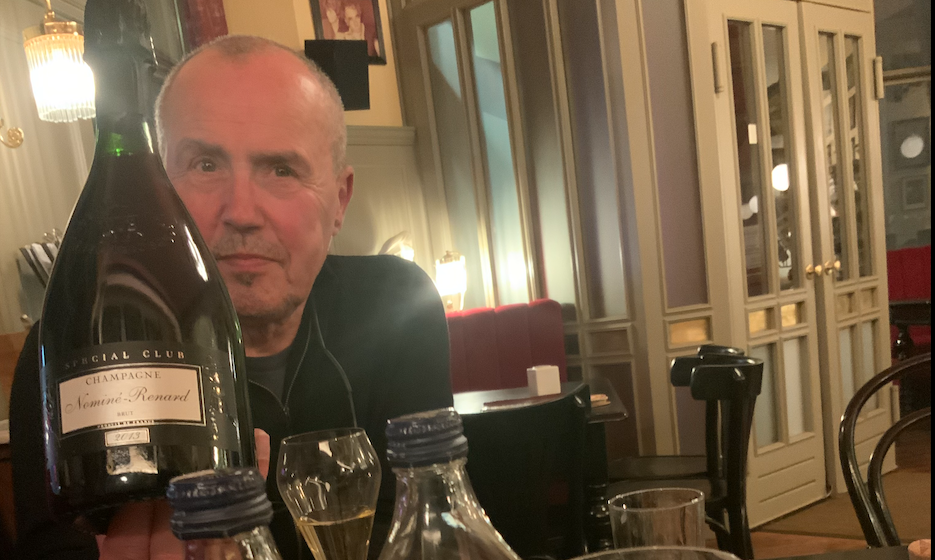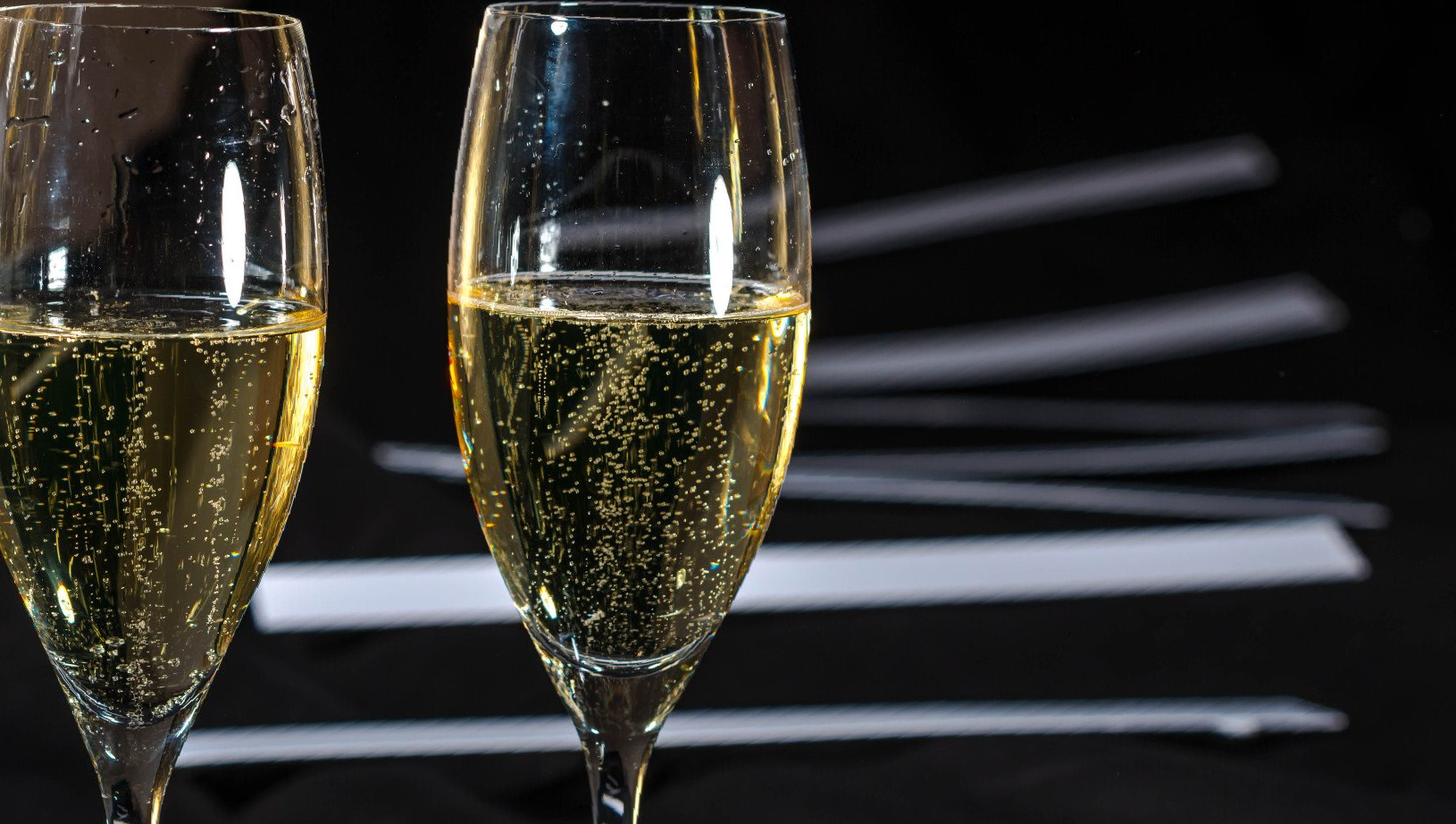Predictions + expectations 2023: Even the Amur tiger is looking for champagne. But which one?

The tiger stands alone at the gates of Buffalo, New York, waiting for the Subtreasury Champagne Officer. Amur has a choice between
- Dom Ruinart Blanc de Blancs 2010
- Charles Heidsieck Blanc des Millénaires 2007
- Jacques Selosse V.O. Version Originale Blanc de Blancs
- Marc Hebrart Le Clos le Léon 2015
- Bollinger La Grande Année 2014
- Pierre Gimonnet & Fils Special Club 2010
HACK YOURS
#FUTURE
Expand your skills by attending our webinar on coding, biotechnology and the future of startups.
WEBINAR STARTS IN
:
:
:
Days
Hours
Minutes
Seconds
Contact us
new text
new text
new text
new text
new text
new text
Benoît Gouez, Cellar Master, Moët & Chandon: Blending News, Ernte 2021
2021 was an extremely challenging year for the Champenois: low yields, frost in spring, rain before harvest - but how can the quality of the still wines actually be assessed? Will there even be vintage wines in five or six years? As always, Benoît Gouez, Chef de caves, Champagne Moët & Chandon, provides highly competent expertise on all of Champagne. Concentrated champagne knowledge in over six minutes in the annual Champagne Library Report.
new text
new text

new text
new text

new text
new text

new text
new text
new text
new text


new text
new text

new text
New text New text New textNew textNew textNew textNew textNew textNew text
The hole in the whale - The philosophy of biology
"This book will fill a gap in German literature!" said Ernst Mayr about this book. And Göldenboog's style is praised by Mayr with the words: "The book is written very quickly, easy to read." On the pre- and post-history of the book Upcoming: Ernst Mayr revisited Some reviews revisited Various reviews: Invitation to outlaws - Inexplicably non-binding and dirty it's biology - Christian Göldenboog still likes it: Hansjörg Küster, Süddeutsche Zeitung One advantage for him is that the author of the book had to familiarize himself with this complex matter and can thus easily understand the situation of the reader. However, where Mr. Göldenboog falters, a zealously thinking reader remains at a loss: Wolfgang Wickler, Spectrum of Sciences Philosophy of Science light. Even the starting point of Göldenboog's remarks is questionable. Whether physics ever had the status of a so-called leading science in the late 19th and 20th centuries is more than questionable. Only within a small circle of analytical philosophers did physics enjoy almost unassailable respect: Dr. Thomas P. Weber, Spektrumdirekt - The science newspaper on the Internet Or would you rather collect stamps - Christian Göldenboog explains why understanding life has nothing to do with physics: Manuela Lenzen, Frankfurter AllgemeineZeitung The book does not just want to contribute to the "new philosophy of biology", but also contribute to clarifying what evolutionary biology actually is. These clarification processes require an intensive study of our ideas about coincidence, time, cause, purpose, effect, diversity and life. The book will therefore find the desired attention from physicists, biologists, computer scientists and philosophers: Gottfried Kleinschmidt, Forum Grenzfragen The great thing about this book is precisely this comparison of opinions and the concise description of the respective attitudes; these are presented in a comprehensible and understandable way and encourage the reader to deal more intensively with the excellent and commented list of literature (which is unfortunately a little outdated due to the date of publication): scheichstüte on litteratur.ch From the autonomy of biology: Matthias Glaubrecht, Psychology Today ; July 2004 More sporty reviews, including Main Post, die Welt, t
Jug Grande Cuvée 170 Edition - and another eight bottles Edition empty
Paradoxes are everywhere. That is why Paris is so paradoxical: a paradise for women, a hell for horses and drivers. Gustave Flaubert noted the basics in his dictionary of commonplaces about PARADOX: "Something monstrous, what you always say between two puffs of cigarettes, in the middle of the boulevard, your home." Then there's the c-value paradox and the French paradox, both of which are of interest not today. After all, it's about nine bottles of Champagne Krug. Champagne Krug is a paradox: the compositions are classic, Chardonnay, Meunier, Pinot Noir, but the wines are not. The champagnes are structured and elegant at the same time. One tastes power and finesse, one smells the berries of the Pinot, at the same time the lemoniness of the Chardonnay, freshness and full-bodiedness, fullness and sublimity unite in a paradoxical wine. Champagne Krug has been presenting a so-called Edition for some time. This cuvée is created anew every year as a tribute to the founder Joseph Krug and his ideas of producing a unique and at the same time universal champagne. These ideas are very well prepared in the book L'Art du Champagne by Henri and Rémi Krug. Quotations from the company founder's notebooks on the various compositions can also be found here. Of course, this cuvée is composed of different wines - the range differs between 121 and 195 basic wines tasted here. The focus of the edition is on the last year used. This is also the case with the latest Krug Grande Cuvée 170 Edition: 195 wines from twelve different years, the youngest of which dates from 2014. The oldest dates back to 1998. The final composition is 51 percent Pinot Noir, 38 percent Chardonnay and eleven percent Meunier. In other words, this Champagne lived in the cellars for about seven years. Already with the first sip you can feel the paradox: A perfectly drinkable jug, but wouldn't you have to wait another five years before opening the bottle? Its color is light golden, yet clear. I smell lemon, menthol, white flowers and Brittany butter. Fresh lemon aromas continue to have an effect on the palate, only to become dense, full-bodied, but also vibrant. A deep wine with a dynamic finish. The Krug Grande Cuvée 169 Edition is a composition of 146 wines from 11 different years. The youngest dates from 2013, the oldest from 2000. Composition: 43% Pinot Noir, 35% Chardonnay, 22% Meunier. This wine presented itself as fresh and structured as the 170 Edition. Then the Krug Grande Cuvée Édition 166: 140 wines from 13 vintages, the youngest of which dates from 2010, the oldest from 1998. Composition: 45% Pinot Noir, 39% Chardonnay and 16% Meunier. Remarkable here is the contrast to Edition 164, base 2008, 127 wines from eleven years, the oldest from 1990. Pinot Noir predominates here with 48%, 35% Chardonnay and 17% Meunier. This edition comes across as almost light, buoyant, as if trying to hide time. The Editions 163 and 160 also embodied contrasts. 163, composed of 145 wines from twelve years, the youngest from 2007, the oldest from 1990. 37% Pinot Noir, 32% Chardonnay and 31% Meunier. The Krug Grande Cuvée Édition 160, on the other hand, is based on just 121 wines from twelve different vintages, the youngest of which dates from 2004, the oldest from 1990. Its final composition is 44% Pinot Noir, 33% Chardonnay and 23% Meunier. Clearly: 163 is something for friends of a power house, a wine that is difficult to classify, in contrast to this the vibrant Édition 160, in which the basic wines of 2004 shine through clearly After six Éditions, the question arises: All these wines are a hymn in power, Finesse, length and complex aromas. But how long should one wait before opening one of these anthems? Immediately, since perfect maturity, thinks the pragmatist in me. You can wait ten years for the Edition 164, says the realist. Conclusion: “How nice that we came across a paradox. Now we have some hope for progress,” said Danish physicist and Nobel laureate Niels Bohr. He wasn't thinking of Champagne Krug Grande Cuvée Édition, but he's right anyway. Then there were three red Grand Cuvées, the 20th, 25th and 26th Edition. More on that later at this point.




